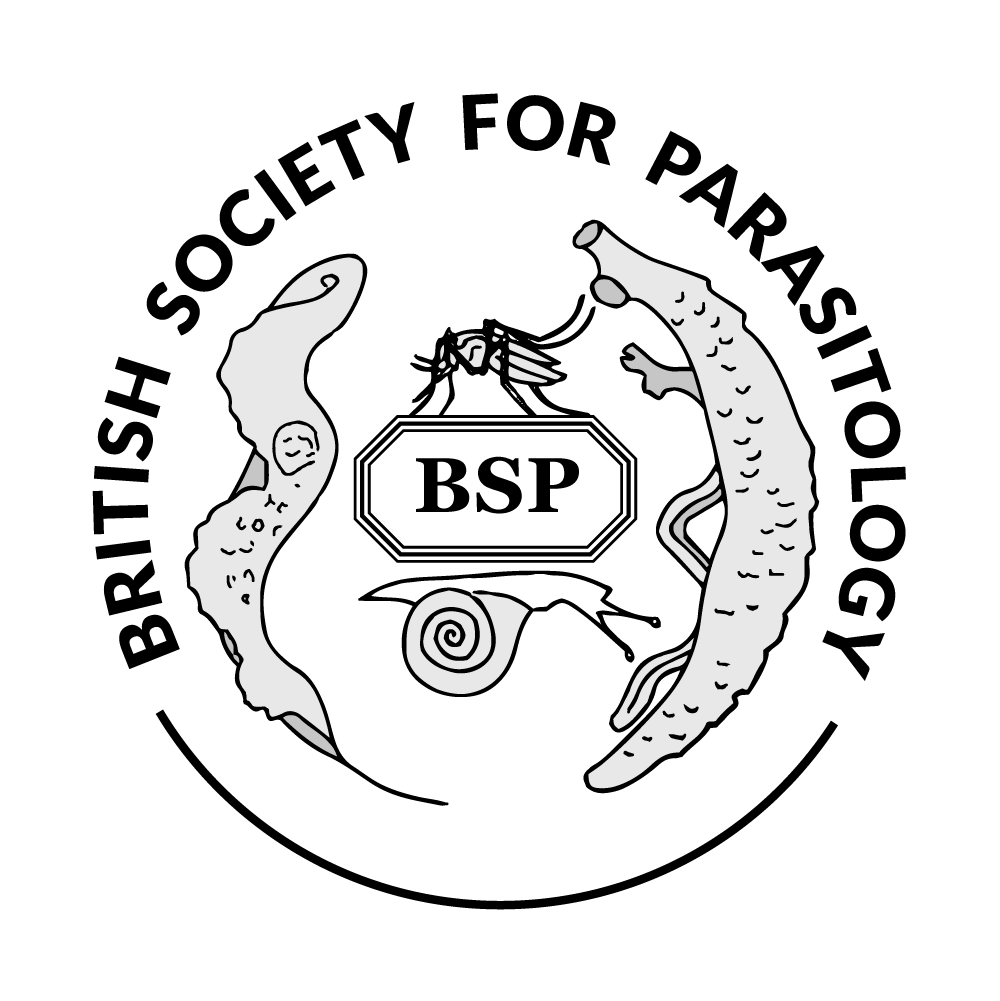Authors
S A Kayuni1; J R Stothard1; E J Lacourse1; 1 Liverpool School of Tropical Medicine / UoLDiscussion
Schistosomiasis, a snail-borne disease caused by a trematode parasite, Schistosoma spp., is one of the prevalent neglected tropical diseases in the world, with focal geographical distribution along water bodies of low and middle-income countries in the tropics. One form of the disease, urogenital schistosomiasis caused by Schistosoma hematobium, is responsible for most of the disease burden affecting over 112 million of the 200 million infected people annually, mostly in Sub-Saharan Africa (SSA). Malawi is one of the SSA countries where schistosomiasis is endemic, with S. hematobium highly prevalent in most parts of the country more especially along Lake Malawi. Male genital schistosomiasis (MGS), a condition associated with Schistosoma eggs and its pathological consequences in male genital tract, was first described in a spermatic cord of an Egyptian man in 1911. Several reports and research studies have reported of its significance on male reproductive health and hypothesised of the increased susceptibility to Human immunodeficiency virus (HIV) acquisition and transmission among dually infected men in schistosomiasis-endemic areas, which coincidentally have higher HIV prevalence. Current control interventions focus on mass drug administration with Praziquantel to children, leaving out adults who are at risk of MGS and HIV. Also, much emphasis of urogenital schistosomiasis is on urinary system, neglecting the genital consequences of S. hematobium infection. The multidisciplinary research studies will investigate the current burden of MGS among fishermen living along the shores of Lake Malawi in the southern Malawian district of Mangochi and assess the possible increased risk of HIV transmission through seminal viral shedding.
